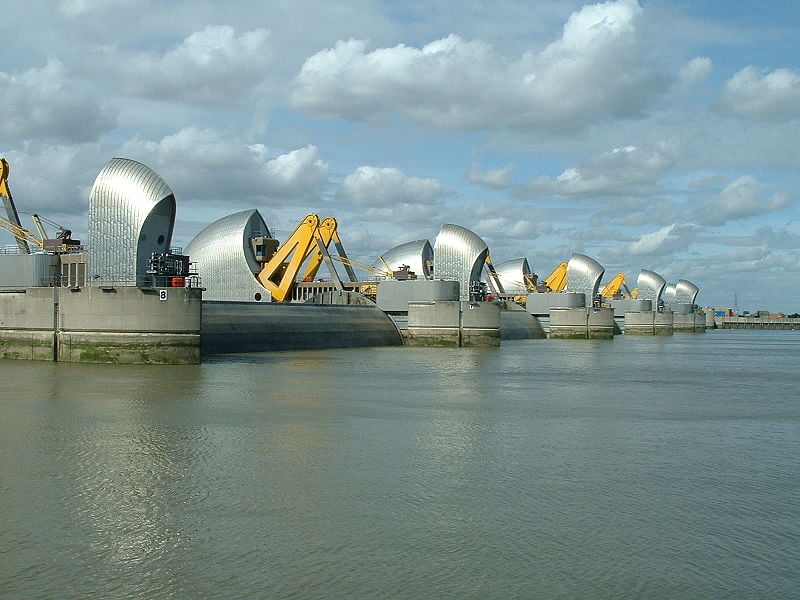How will the United Kingdoms Frequency of Hot Nights Change?
- Hot days will occur on 9-25% of days by 2060s and 14-35% of days by 2090s. The fastest increases will be in the summer (JJA).
- A hot night is defined by the temperature exceeded on 10% of nights in 1970-1999. So, in 1970 – 1999, you would have expected 1 in 10 nights to be hot. If the map shading indicates that more than 10% of nights are hot, then there has been an increase in the number of hot nights.
- In areas shaded deep red, every night will be a hot night. Yellow areas will have 30% hot nights.
- The number in the centre of each grid box is the number of hot nights we expect; the smaller numbers in the upper and lower corners give the range of numbers of hot nights that might occur.
- Hot nights will occur on 10-26% of all nights by the 2060s and 14-36% of nights by the 2090s.
- Cold days and nights will become less frequent, occurring on less than 6% of days by the 2090s.
McSweeney, C., New, M. and Lizcano, G. (2009) Climate Change Country Profiles – UK. Oxford University School of Geography and Environment and the Tyndall Centre for Climate Change Research. Report commissioned by the British Council, RMetS, RGS-IBG for www.climate4classrooms.org





